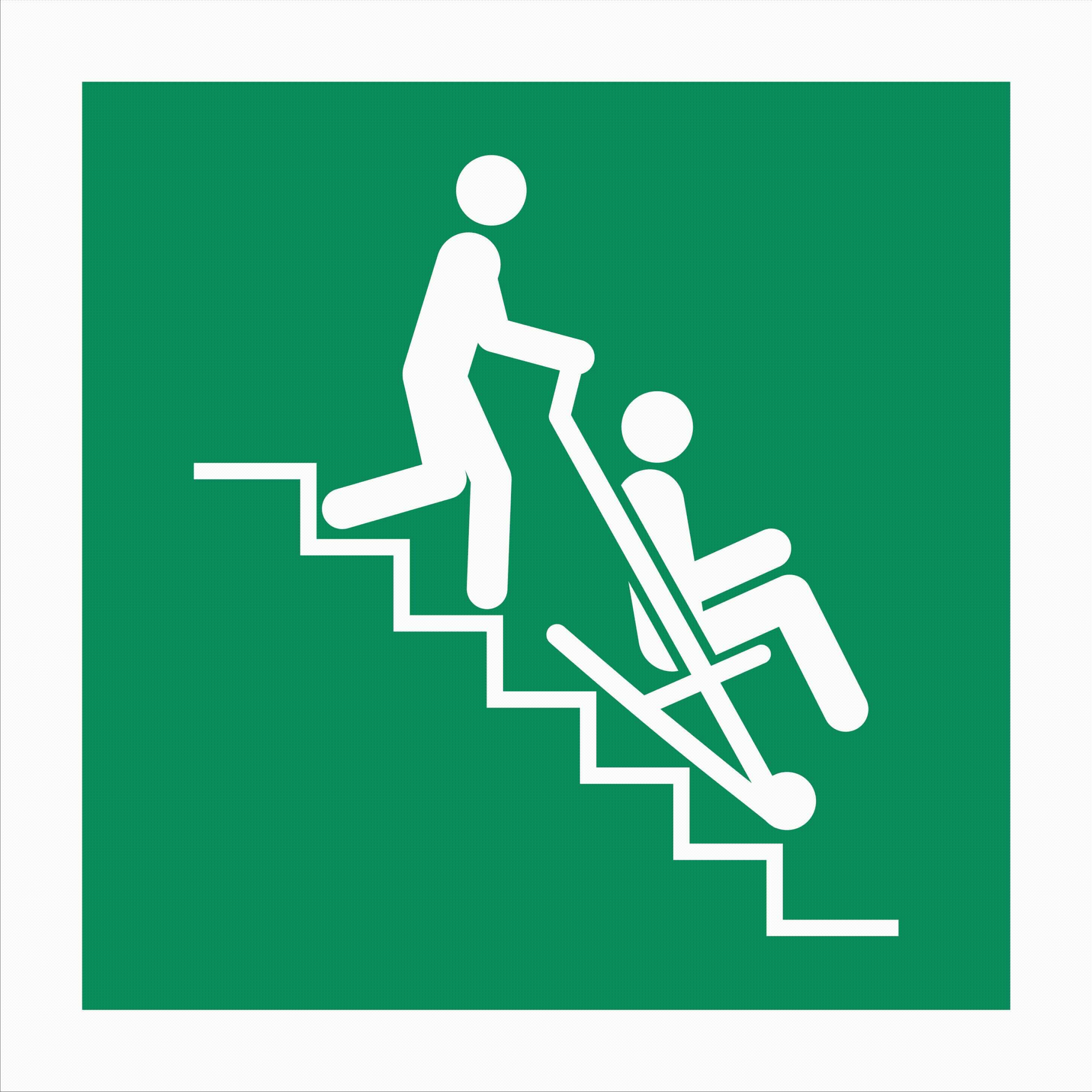
Manual Handling: Weight Matters, and so do Many Other Factors
In order to comply with the Manual Handling Operations Regulations, employers are required to take steps to make general indications of the weight of a load and where practical, provide precise information on the weight of a load. An indication of the heaviest side of any load should also be made if the centre of gravity is unbalanced.
Whilst the labelling of loads can prove useful to a manual handler, it is important to remember that weight is just one of around 40 factors that contribute to the handling risk, which is why manual handling training must feature dynamic risk assessment as one of its key elements.
Assessing the Risk of Handling a Load
When assessing the risk of a manual handling task, as well as weight, the handler should be looking at whether the load is difficult to grip or get a hold of; whether it could prove awkward to carry; whether it has sharp edges or is hot or cold to the touch, and whether the contents are likely to shift around and affect the centre of gravity.
In addition to this, a handler should be assessing the surrounding environment for risks. For example, checking whether the floor could be slippery or uneven; whether there are space or height constraints; if the lighting is poor; if it is windy or wet and whether there are any restrictions on movement caused by clothing or any personal protective equipment that is being worn.
Then there are considerations as to the activity required to lift the load and how these might affect the individual. For example will the handler need to bend, stoop or twist? What potential injuries could result from having to push or pull a load, or position it in a particular way? Would there be adequate opportunity to take rest breaks if required?
And finally, the individual handler themselves must be considered. Are they disabled or suffering from a health problem? Are they pregnant? Are they adequately built for the task? Do they need specialist training for the task?
Taking a Holistic Approach to Risk Assessment
The Alistair Bromhead manual handler training course includes a section on risk factors that will prime handlers to approach their assessment in a holistic way. We do not attempt to turn employees into professional risk assessors: we are simply aiming to ensure that they possess the knowledge to quickly assess potential problems with a given load, and what can be done to reduce these problems.
Alistair Bromhead Ltd manual handler training courses are fully tailored to specific requirements and industry sectors and will last anything from 2-4 hours to whole days for higher risk groups. To find out more email info@abromhead.co.uk or call 07932 674707.































